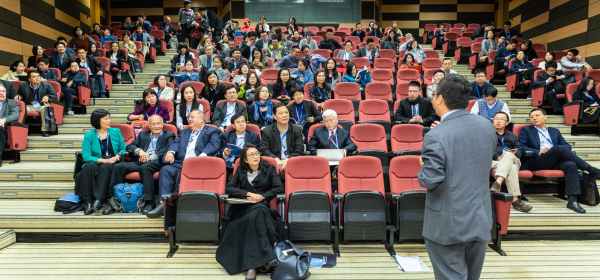CTOs must become adept storytellers as technology grows more complex. Metaphors, enthusiasm, and humility play crucial roles. Understanding stakeholder needs and enhancing storytelling skills are key. CTOs must learn from mentors and external resources, emphasizing personal interactions and anecdotes over dry technical facts. Communication must be relatable and tailored to individual stakeholders.












